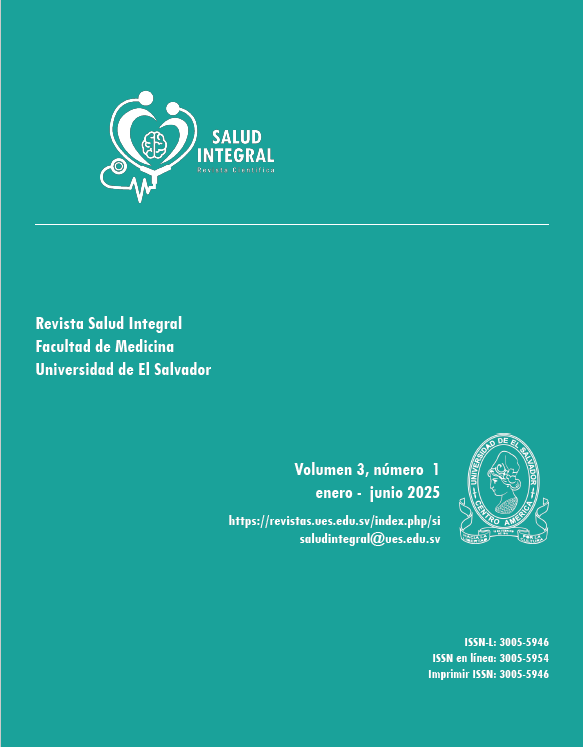Characterisation of the behaviour of prostate cancer and its risk factors.
Keywords:
risk factors, cancer, prostate, obesity, hyperplasiaAbstract
The prostate is a glandular organ of the genitourinary system, exclusive to men, shaped like a chestnut, located in front of the rectum, below and at the exit of the urinary bladder. Prostate cancer develops in one of the glandular organs of the male reproductive system called the prostate. Objective: to characterise the behaviour of prostate cancer and the most frequent risk factors in the municipality of Colombia during the period from January 2018 to December 2019. Method: a descriptive study was conducted to analyse the behaviour of this disease in the municipality. Results and Discussion: the most significant risk factors were age and the patient's origin, though occupation, exposure to radiation, and smoking habits were also mentioned as influential in the development of the disease. The highest incidence group was aged 71 to 90. The most frequent symptoms were nocturia, dysuria, dribbling, and, to a lesser extent, haematuria. It is recommended to carry out active screening in the at-risk population, particularly in those over 45 years of age, individuals exposed to radiation, those with toxic habits or poor dietary habits, as well as to integrate the basic healthcare team in the early detection of symptoms, also training the relatives of patients with these risk factors. In the study, obesity and prostatic hyperplasia were the most frequent associated conditions. No statistically significant correlation was found in patient positivity during the analysed period. Conclusion: the most frequent symptoms were nocturia, dysuria, and dribbling, while obesity and prostatic hyperplasia stood out as associated conditions.
Downloads
Downloads
Published
Issue
Section
License
Copyright (c) 2025 Salud Integral

This work is licensed under a Creative Commons Attribution 4.0 International License.




